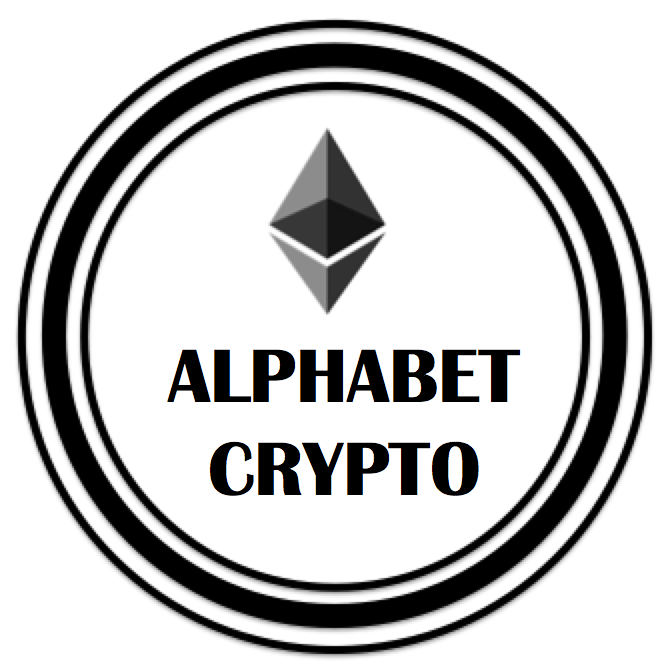Bitcoin and blockchain are well known for how they works with regards to how we transfer money via the BTC currency, but the real revolution of blockchain technology is how it might be used to transfer many other forms of assets.
I basic concept in asset transfer that is important to understand is what happens when things are transferred digitally. When you send a powerpoint file via email to someone, you aren’t transferring them a file but rather giving them a copy. The same exists for when you buy music from Itunes or Google Play. This is fine for assets where it is ok for the owner to retain the original version of the asset.
But this obviously doesn’t work for money (I don’t give you a copy of $100 bill and keep the original, you get my $100 and I now have $0). The same goes for if you sell a car, a house or a retail good.
But as tangible assets change hands or travel globally, the ability to retain the original provenance of that asset can be subject to fraud or corruption.
Nowhere is this more rife than the diamond industry. The ability to know that the diamond you bought actually comes from the source the seller says it did, is actually not stolen, or is in fact a real diamond, is subject to external pressures we as buyers are often unaware of.
Using blockchain technology, there is now the ability to track and confirm the provenance of diamonds and avoid this fraud. IBM created a video that explains:
Basically, diamond companies create a digital version of the diamond on a distributed blockchain ledger that encapsulates all of the characteristics of the diamond include carat size, color, and certificate number – which is also inscribed on the stone. This replaces the old paper certificates (which are worthless if they can be counterfeited).
The startup Everledger is a blockchain company that is already using the technology to track over 1M diamonds.

Great article, i choose to invest in altcoins too!
Good Luck!